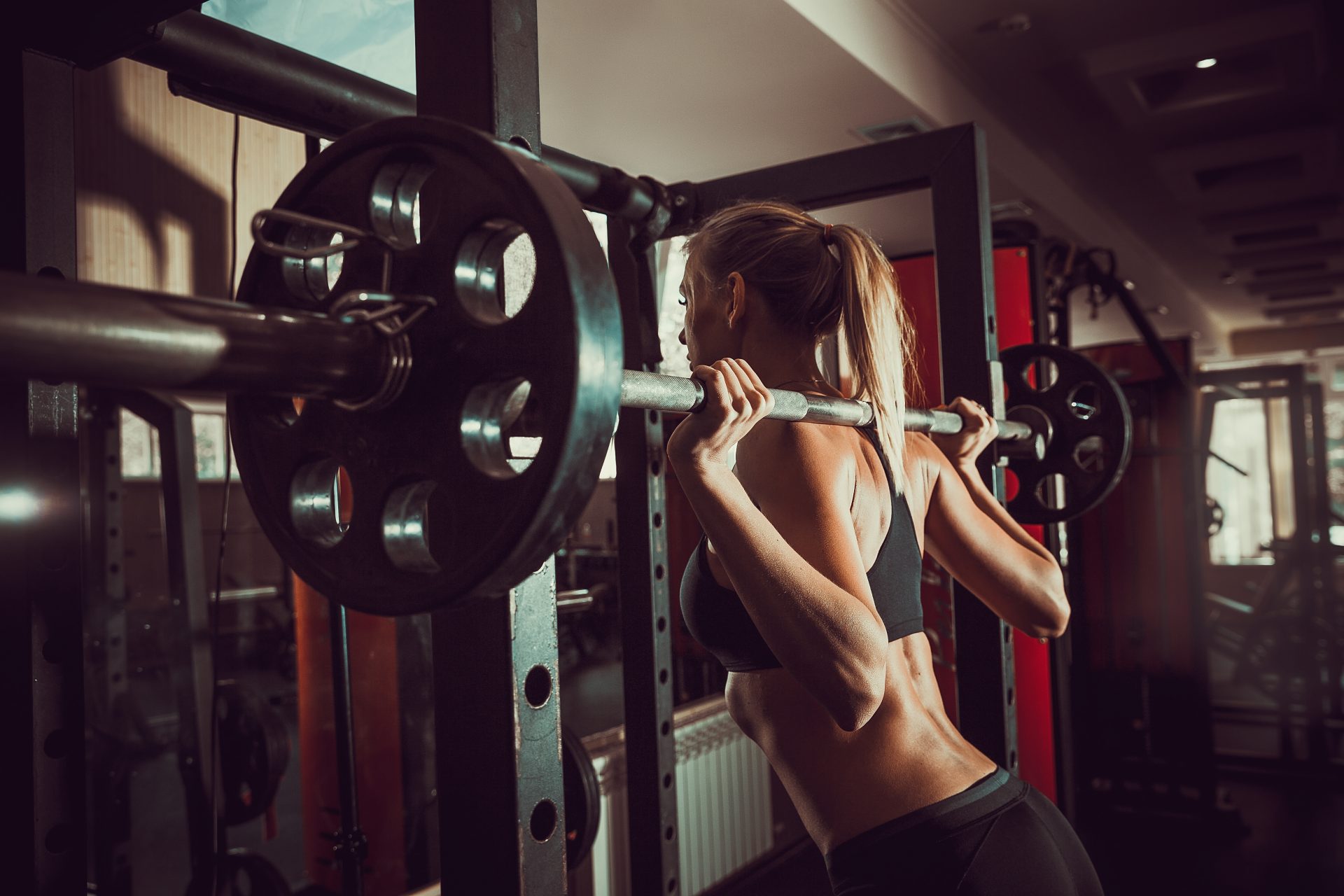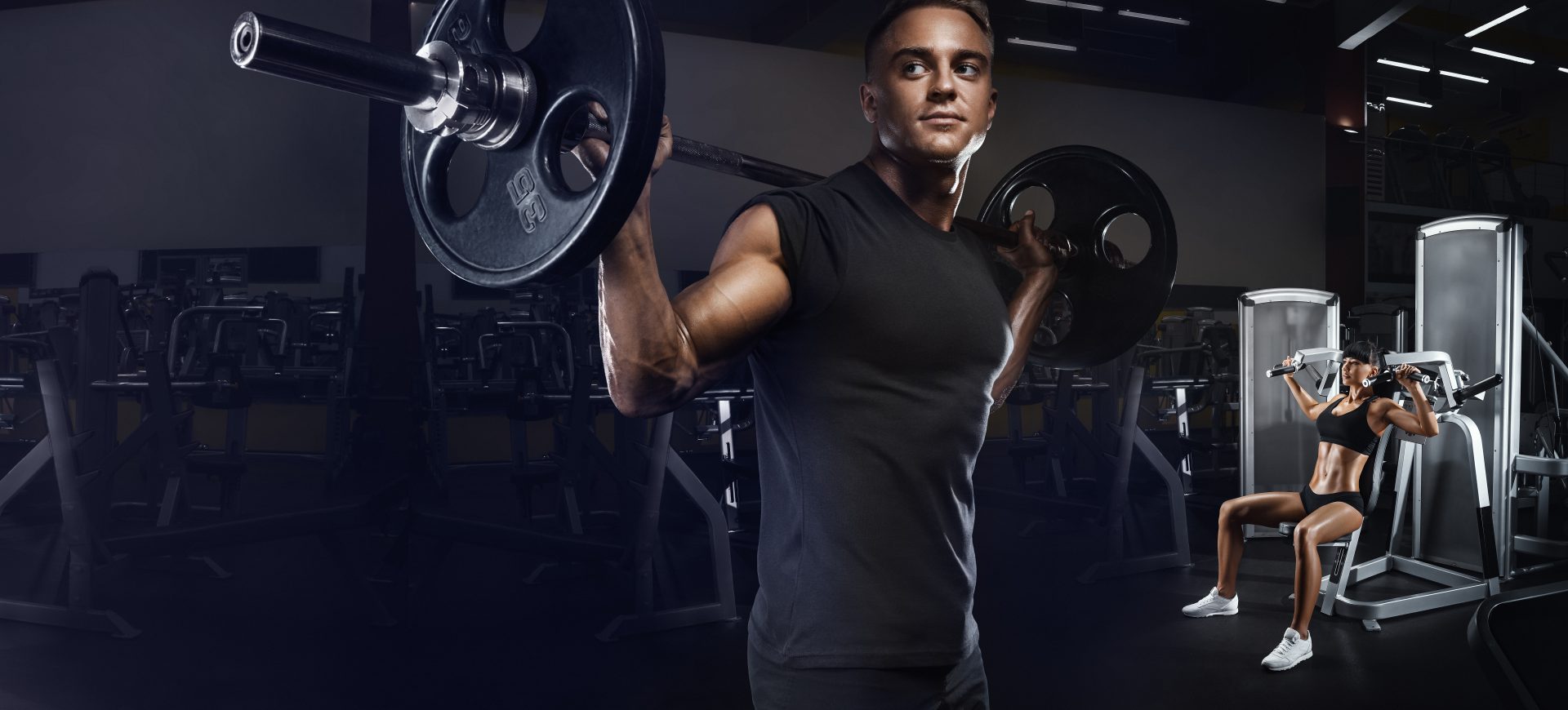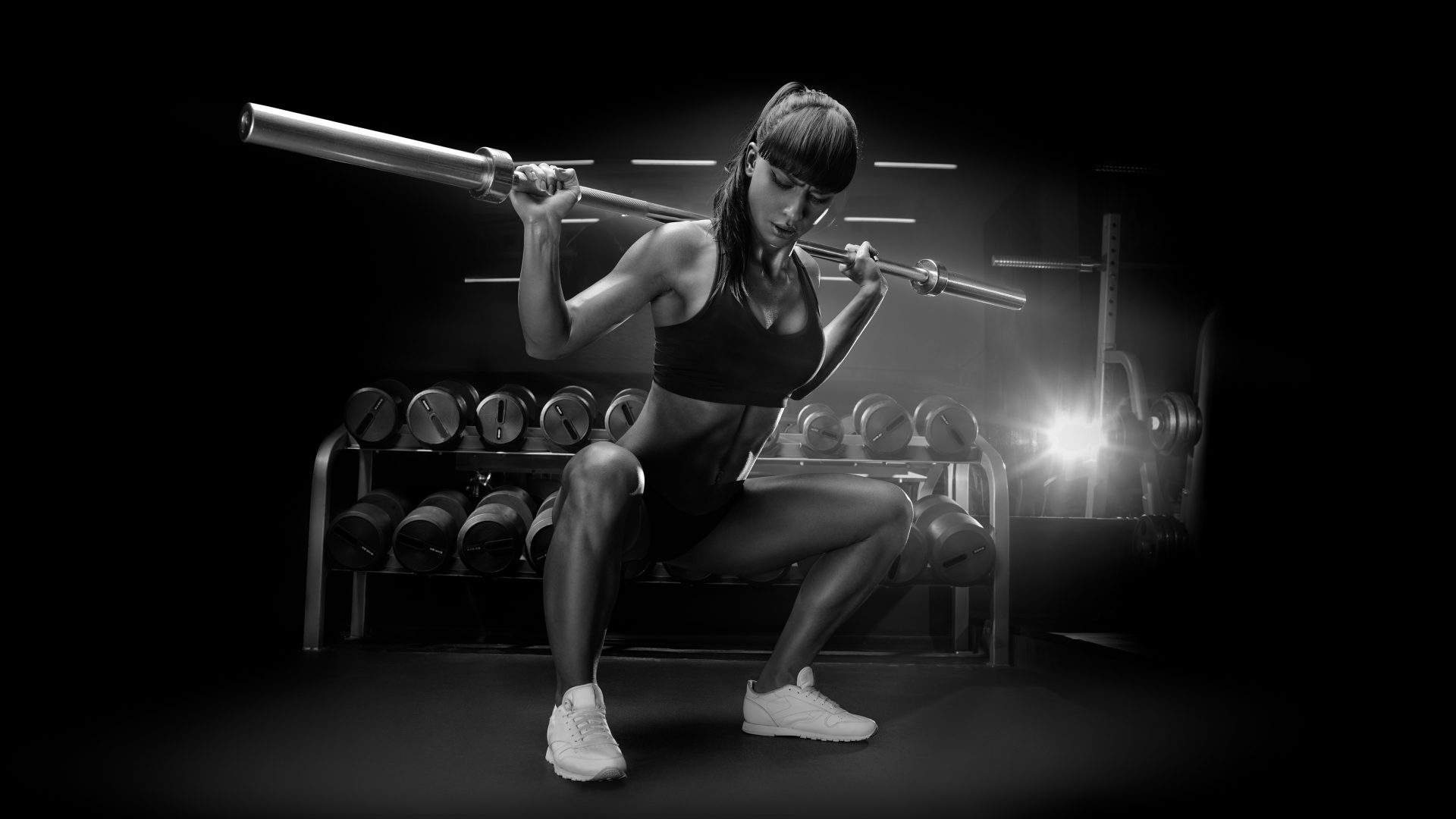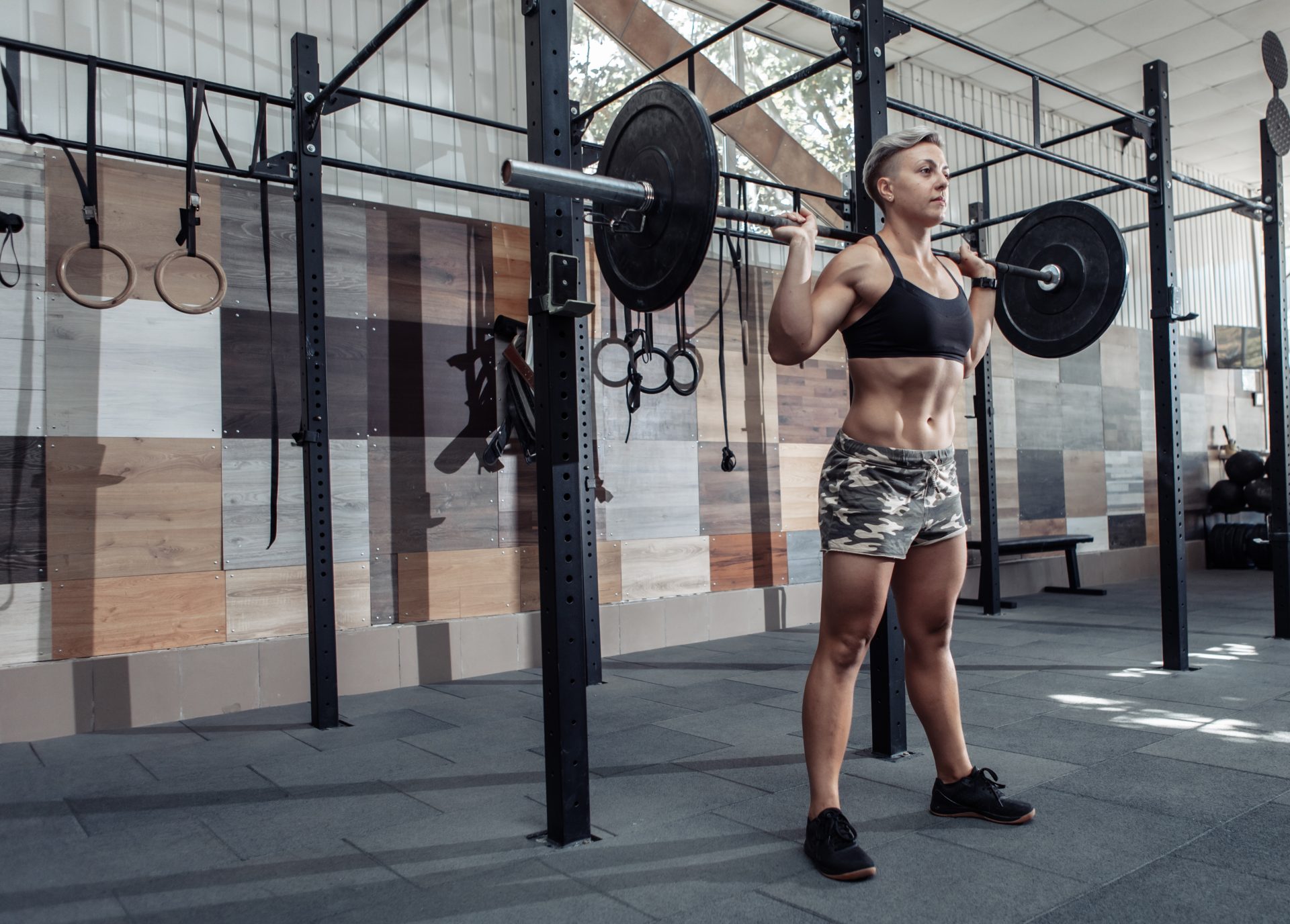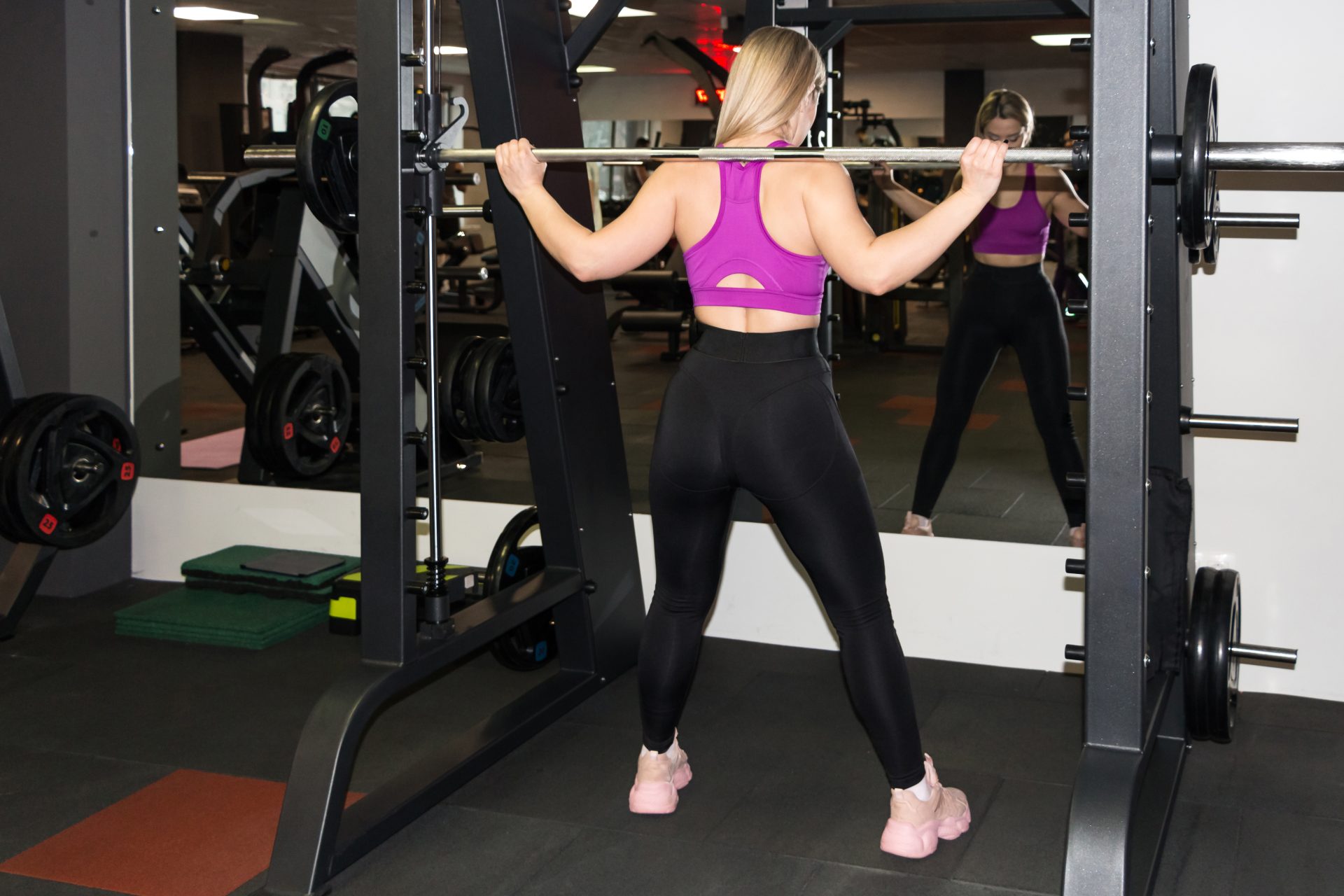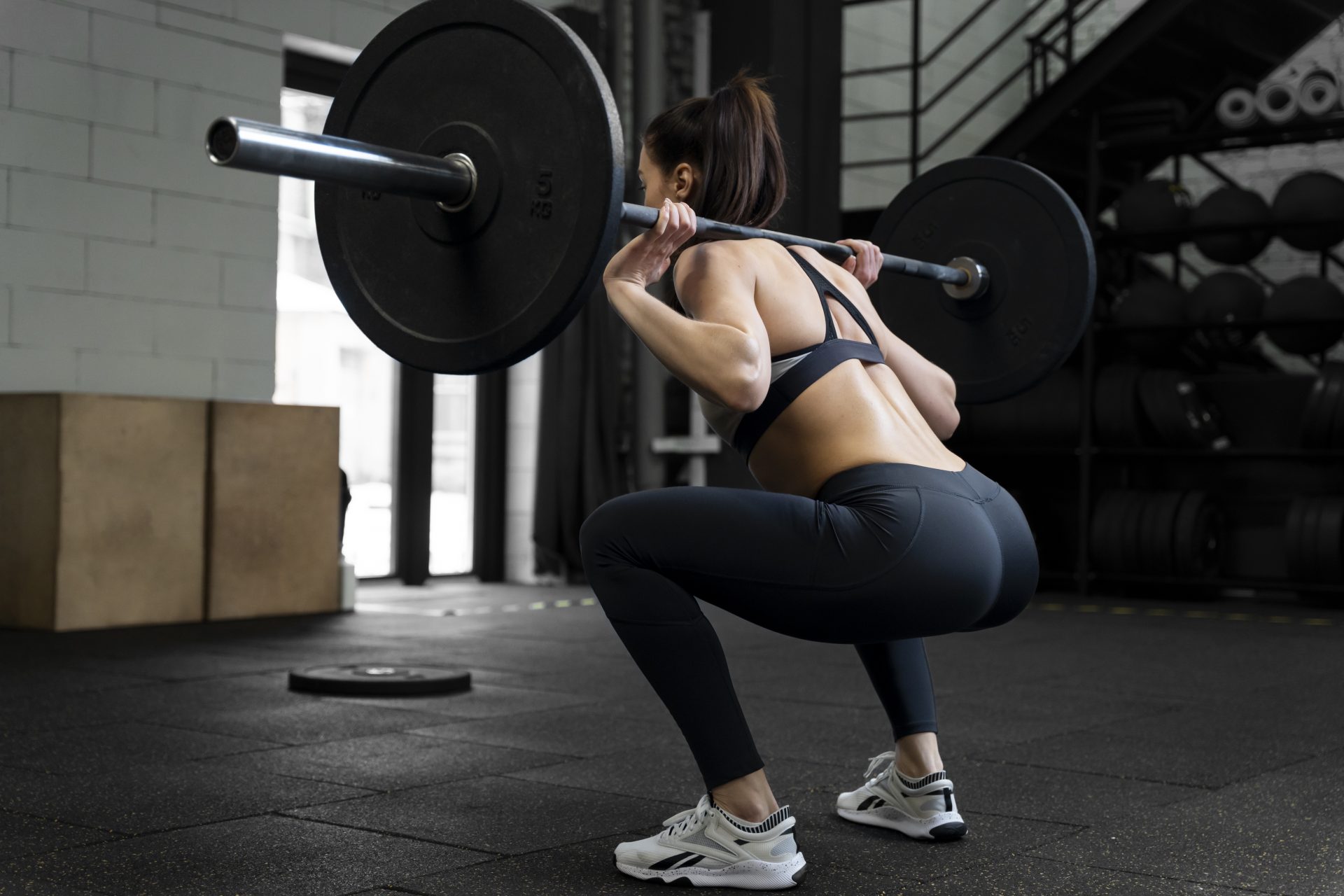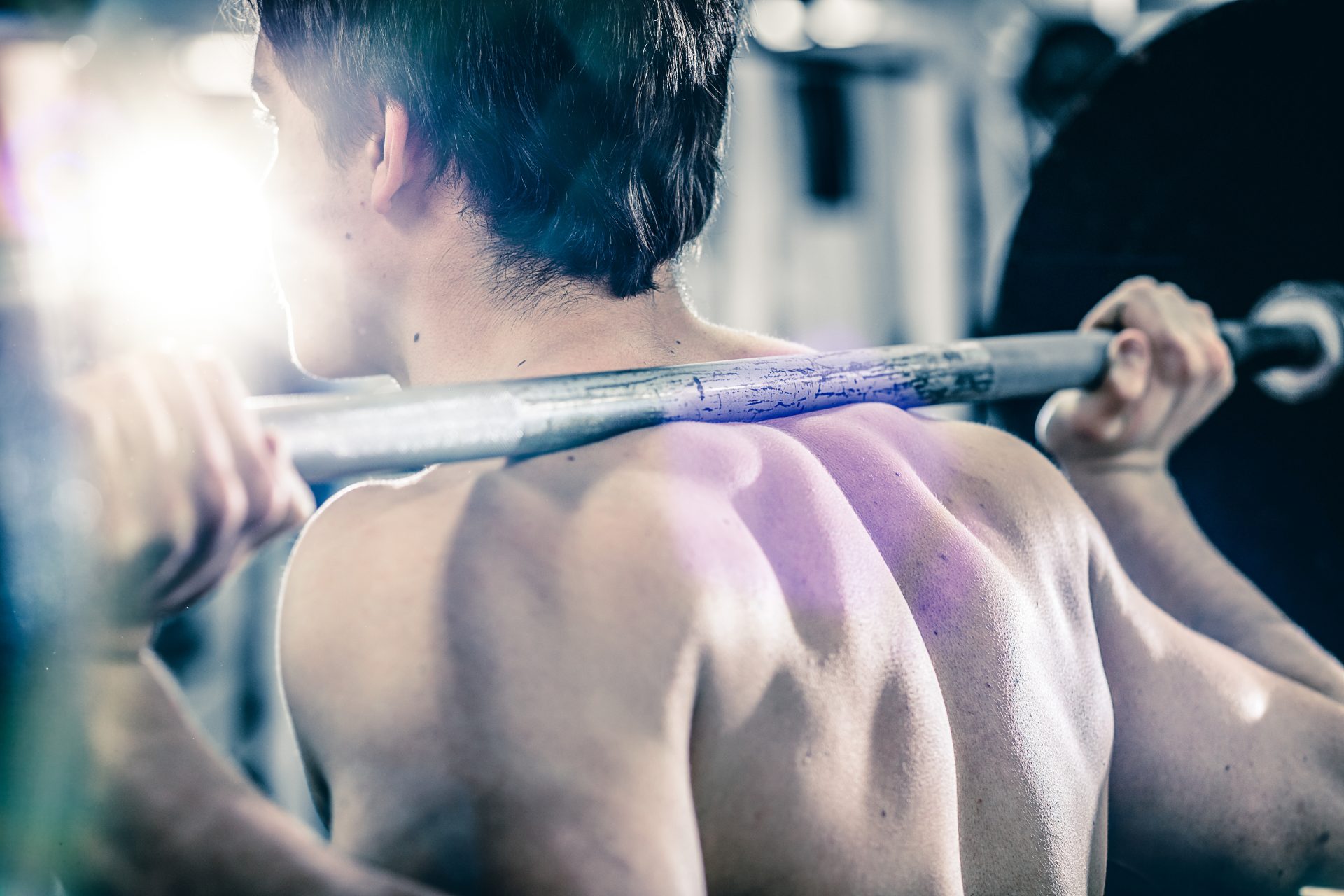When it comes to weightlifting, squats are a staple exercise for building strength and muscle. While there are a variety of types of squats, two of the most popular are high bar squats and low bar squats. But what is the difference between the two exercises?
Squats are a fundamental exercise for building strength and muscle in the legs and hips. However, not all squats are created equal. High bar and low bar squats are two variations of the exercise that target different muscle groups and require different techniques. In this article, we’ll take a closer look at the differences between high-bar vs low-bar squats and the benefits of each.
Contents
Bar Placement
Picking the right exercises to incorporate into a workout routine is essential to targeting multiple muscle groups effectively while improving overall leg strength, muscle mass, and powerlifting performance.
We believe bar placement plays an important role in this selection process, as bar position has a direct correlation with the efficacy of various lifts.
For instance, barbell squats or barbell deadlifts are two exercises that employ bar placement to challenge multiple muscle groups in the legs, with an emphasis on the quadriceps, hamstrings, and gluteals.
All of these exercises should be considered when creating an effective workout program for increased leg strength and improved athleticism.
High Bar Squats
What is more, high bar squats involve positioning a barbell on top of your traps with your grip slightly wider than shoulder-width apart.
This position requires you to keep your torso upright in order to maintain balance throughout the entire range of motion.
High bar squats, also known as Olympic barbell squats, are one of the most essential exercises for any serious weightlifting or powerlifting routine.
When performing a high bar squat, your quads will be targeted the most as well as other muscles such as the glutes and hamstrings.
It’s important to maintain proper form during this exercise in order for you to reap its full benefits.
To do so, make sure that you push through your heels when rising from the bottom position and keep your chest up throughout the entire movement.
The high bar squat, also known as the Olympic squat, is the most common type of squat performed in weightlifting and powerlifting competitions. In this variation, the barbell is placed on the trapezius muscle, near the base of the neck.
This position allows for a more upright torso during the squat, which places more emphasis on the quadriceps, glutes, and hamstrings.
How To Perform High-Squat?
To perform a high bar squat, stand with your feet shoulder-width apart and toes pointing slightly outward.
Place the barbell on your upper traps and grasp it with a grip slightly wider than shoulder-width.
Take a deep breath and descend into the squat by pushing your hips back and bending your knees.
Keep your chest up and your back straight as you descend. Once your hips are below your knees, pause for a moment before returning to the starting position.
The high bar squat is a great exercise for building overall leg strength and muscle mass.
It is particularly effective for developing the quadriceps, which are the muscles on the front of the thigh. It’s also a good exercise for overall balance and stability.
Proper Technique
This type of barbell squat places the barbell across the trapezius muscle near the base of the neck, forcing the athlete to keep a more upright torso in order to lift heavier loads.
The result is a more intense workout for the quadriceps, glutes, and hamstrings. Not only does this exercise build significant strength and muscle mass in areas needed for these sports.
It promotes proper technique which allows athletes to maximize their performance on competition day.
With increased total body power comes an increase in confidence and flare every time they put themselves on the bar!
Low Bar Squats
Low bar squats involve positioning a barbell lower on the back just above your rear delts with your grip slightly wider than shoulder-width apart.
This shift in position allows you to lean forward more while doing the squat which allows you to lift heavier weights.
When performing low bar squats, more weight can be lifted than with high bar squats since this variation shifts more of the load onto your posterior chain including the glutes and hamstrings.
As with high bar squats, proper form is key for reaping maximum benefits when doing low bar squats so make sure that you push through your heels when rising from the bottom position and keep an arch in your lower back throughout the entire movement.
In other words:
The low bar squat is a variation of the squat that places the barbell on the rear deltoids, behind the scapula.
This position allows for a more forward lean of the torso during the squat, which places more emphasis on the glutes and hamstrings. The low bar squat is often used in powerlifting competitions and is considered a more advanced exercise.
How To Perform Low-Bar Squat?
To perform a low bar squat, stand with your feet shoulder-width apart and toes pointing slightly outward. Place the barbell on your rear deltoids and grasp it with a grip slightly wider than shoulder-width.
Take a deep breath and descend into the squat by pushing your hips back and bending your knees. Keep your chest up and your back straight as you descend.
Once your hips are below your knees, pause for a moment before returning to the starting position.
The low bar squat is a great exercise for building strength and muscle mass in the glutes and hamstrings.
It is particularly effective for developing the glutes, which are the muscles on the back of the thigh. It’s also a good exercise for overall balance and stability.
Is Low-Bar Squat Better?
Low bar squats demand proper form to reap the benefits. With a barbell placed behind the scapula and torso leaning forward, these squats place greater emphasis on the glutes and hamstrings, rather than just engaging the legs.
Here’s the truth:
As an advanced exercise and popular choice for powerlifting competitions, proper low bar squat form is essential in order to strengthen muscles for safe and successful completion of lifts.
Many suggest utilizing proper technique including teaching proper foot placement, proper back angle, and proper hip-width to ensure proper muscular activation for maximum results.
High Bar vs Low Bar Squat – Main Differences
The main difference between high and low-bar squats is primarily where you place the weight on your back and body mechanics that come with it.
High-bar being placed higher up on the trap muscles while low-bar being placed lower down near one’s rear delts (trusted source).
Additionally, increased leverage gained by leaning forward while doing low-bar squats versus staying upright while doing high-bar squats allows one to lift heavier weights during low-bar compared to their max during high-bar—this also means that different muscles get emphasized depending on which type of squat is being done (quads getting hit harder during high-bar vs posterior chain getting hit harder during low-bar).
The main difference between the high bar and low bar squats is the placement of the barbell and the position of the torso during the exercise.
The high bar squat is performed with the barbell on the trapezius muscle and an upright torso, which places more emphasis on the quadriceps, glutes, and hamstrings.
The low bar squat is performed with the barbell on the rear deltoids and a more forward lean of the torso, which places more emphasis on the glutes and hamstrings.
Another difference between the two is the weight that can be lifted. High bar squat is considered a more balanced exercise, and the weight that can be lifted is less than that of low bar squat.
The weight that can be lifted in low bar squat is more as it targets more muscle groups and also due to the forward lean of the torso.
Squat More!
Squatting is an exercise that specifically targets the quads, glutes, and hamstrings.
There are two variations of how to squat, high bar and low bar, which differ in how they are performed.
The main difference between high-bar and low-bar squats is their placement and position.
For a high bar squat, you place the bar higher up on your back where your traps are located.
The low bar squat requires you to place the bar across your shoulder blades.
Additionally, when performing a high bar squat the lifter will generally be able to lift less weight than with a low bar squat due to how much leverage advantages they have over the hips while performing light exercises.
Therefore, understanding how each variation affects this how-to exercise can help in optimizing one’s own performance when it comes to how to properly squat.
Recap
High-bar squats and low-bar squats are both excellent exercises for building strength and muscle mass but they have their differences in terms of where they should be positioned on one’s body as well as which muscles they target.
High-bar hits quads harder while low-bar hits posterior chain harder.
Furthermore, proper form must always be maintained when performing either version of these exercises in order for them to work effectively.
Let me explain:
Pushing through heels when rising from the bottom position for both exercises as well as keeping chest up/maintaining arch in lower back depending on which type is being done respectively will help ensure maximum benefit from each variation.
Both high-bar and low-bar squats are effective exercises for building leg strength and muscle mass.
However, they target different muscle groups and require different techniques.
The high bar squat is a great exercise for developing the quadriceps and overall leg balance, while the low bar squat is a more advanced exercise that is effective for building strength and mass in the glutes and hamstrings.
Which Variation of Squat to Choose?
When deciding which variation of squat to include in your workout, it’s important to consider your fitness goals and current fitness level.
If you’re new to squatting or looking to build overall leg strength, the high bar squat is a great place to start.
If you’re an experienced lifter looking to target specific muscle groups or increase your powerlifting performance, the low bar squat may be a better option.
Here’s why:
It’s also important to note that both variations of the squat can be incorporated into your workout routine for maximum benefits.
By incorporating both high-bar and low-bar squats, you’ll be able to target multiple muscle groups
You will see improvements in overall leg strength, muscle mass, and powerlifting performance.
Final Thoughts
In summary, High Bar vs Low Bar Squat is a fundamental exercise that helps in building strength and muscle in the legs and hips.
High Bar Squat is the most common type of squat performed in weightlifting and powerlifting competitions and is great for overall leg strength and balance.
Low Bar Squat is a more advanced exercise and is particularly effective for developing the glutes and hamstrings.
In order to get maximum benefits, both variations should be incorporated into your workout routine.

